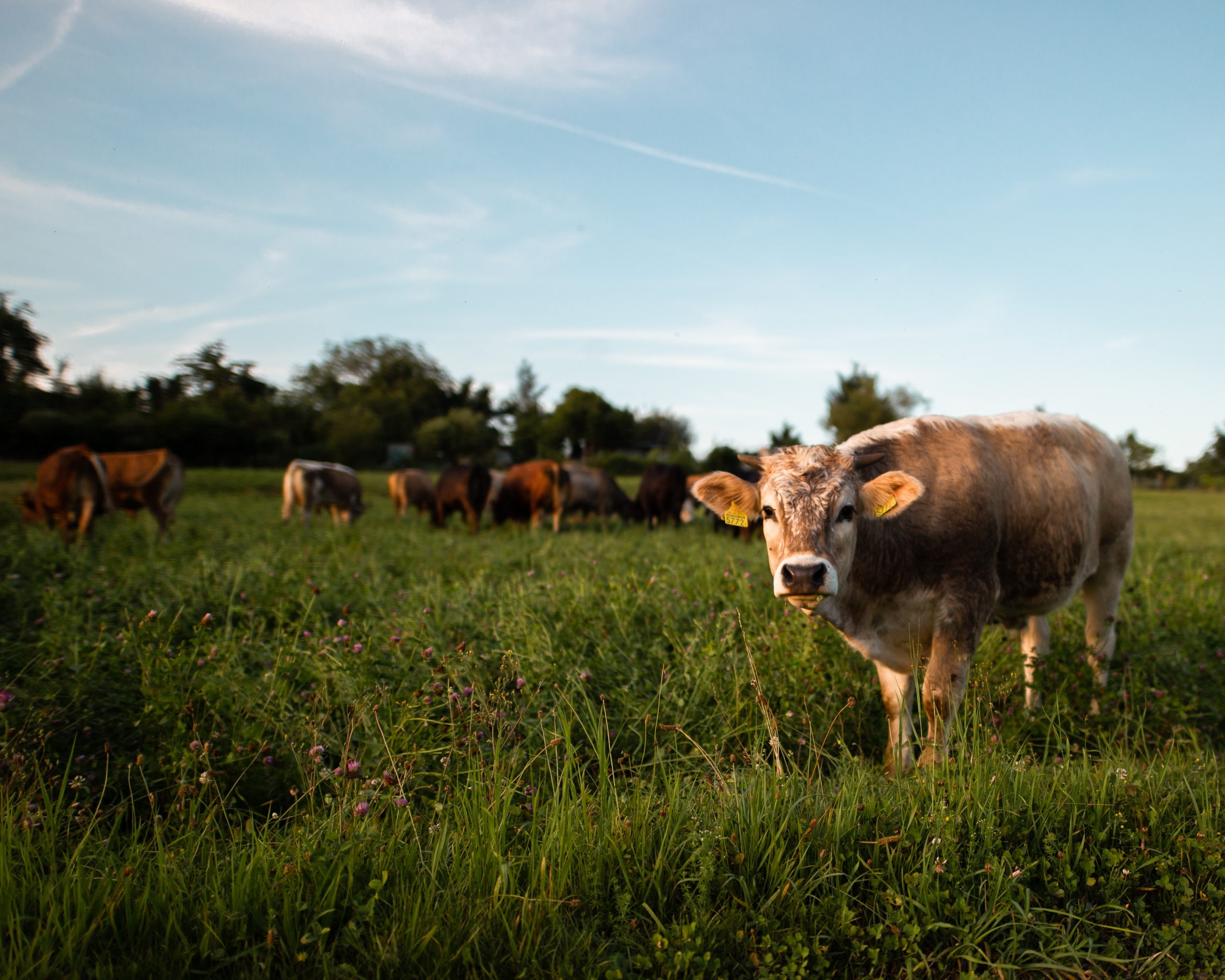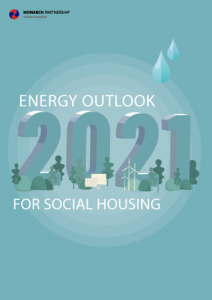When it comes to emission reductions, carbon has become the trendiest villain. This focus has driven numerous companies across the world to commit to tackling their carbon footprints. Considering CO2 is the most prominent greenhouse gas driving rising global temperatures, this is a promising movement. However, the atmosphere is made up of a complex chemical balancing act, and we cannot ignore other toxic gases. This was recently confirmed by a UN report that says slashing methane emissions could be a fast and cost-effective path to curbing climate change.
Why turn our attention to methane when CO2 is just as indisputably bad, if not worse for the environment? Because, methane is actually over 80 times more powerful at trapping heat than carbon dioxide over a 20-year period. And while it remains in the atmosphere for less time than CO2, it is constantly being replenished and has caused about 30% of global heating to date.
Most importantly, we could halve methane emissions by 2030 using existing technology and at an affordable cost, according to the UN report. Some currently available methods would actually save money, such as capturing methane gas leaks at fossil fuel sites. This puts the 1.5 C target laid out in the Paris agreement realistically within reach.
So, as crucial as it is to cut carbon emissions, reducing methane could be just as important.
What sources release methane emissions?
There are natural sources that have existed for many years, but 60% of methane emissions come from human activity such as fossil fuels and agriculture.
Natural sources:
Most of methane’s natural emissions come from still water, decay of natural matter and waterlogged soil.
Human sources:
The report found that 42% of human-caused methane emissions come from agriculture, mostly from livestock, its manure, and paddy fields. 36% comes from fossil fuel drilling sites, coal mines and pipelines, and landfills cause another 18%.
How can we reduce methane emissions?
Despite Covid-19 lockdowns, methane levels had a record-breaking surge in 2020. Here are few ways to help curb methane emissions:
Make the switch to green energy:
Reducing our reliance on fossil fuels is paramount to lowering CO2 and methane emissions.
Support local, organic farms:
Organic farming methods are more sustainable overall. And because these farms tend to keep their livestock around longer, they need fewer cows over time.
Eat less red meat:
The amount of red meat we consume as a society has become unsustainable, in part because of the methane emissions released from burping cows. Being more conscious of your meat intake can make a big difference.
Produce less landfill waste:
Waste is a huge environmental issue for many reasons. It is clogging our waterways, filling our oceans, piling up on beaches, harming our marine life, and sitting in massive landfills which contribute 18% to global methane emissions.
How can Monarch help?
At Monarch, we pride ourselves on being sustainability simplifiers. Our goal is to work closely with our clients to reduce their environmental footprint while simultaneously lowering their overhead costs.
Our carbon team works to report on and reduce CO2 emissions, while creating a holistic strategy for organisations striving towards net zero. This term, although often used interchangeably with ‘carbon neutral’, encompasses all greenhouse gases, including methane.
To learn more about our net zero services contact us at Monarch today.
















